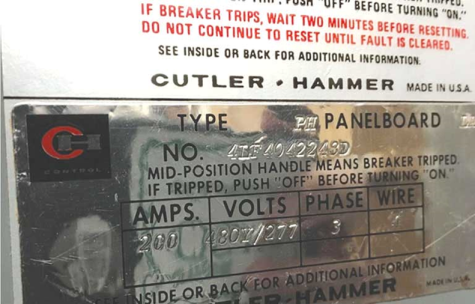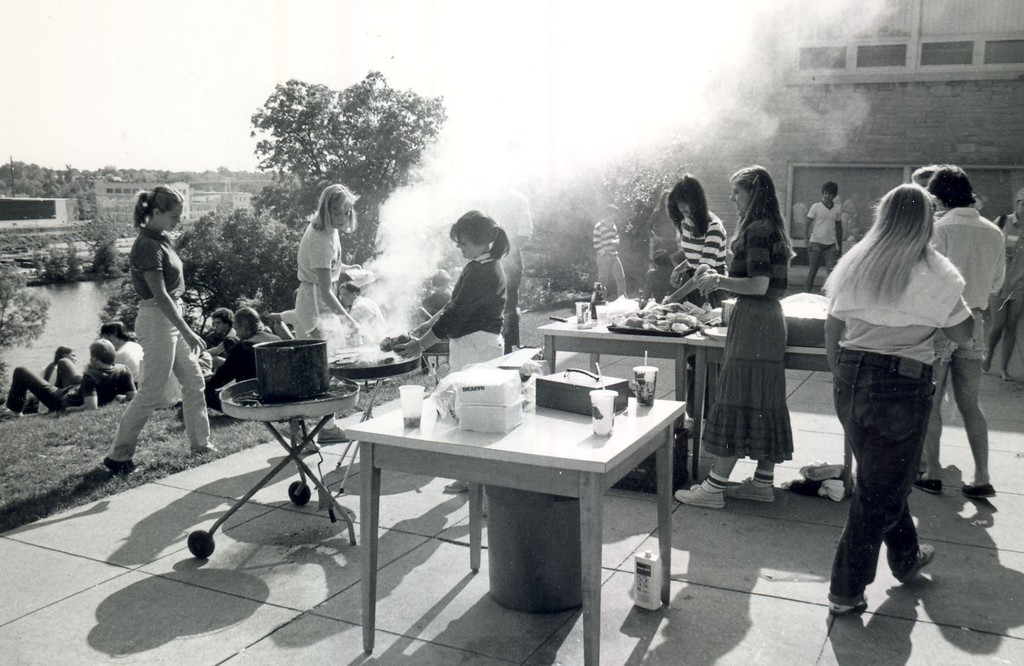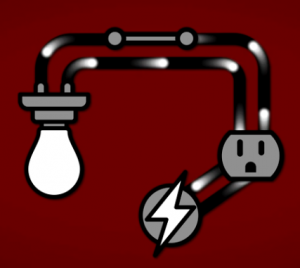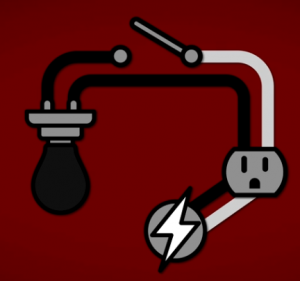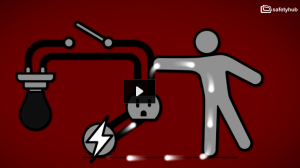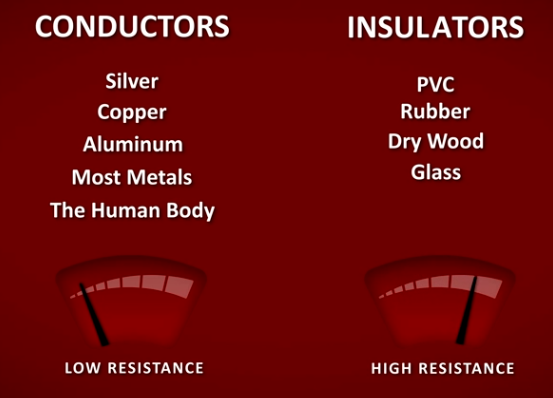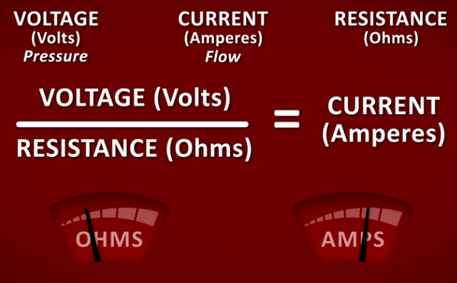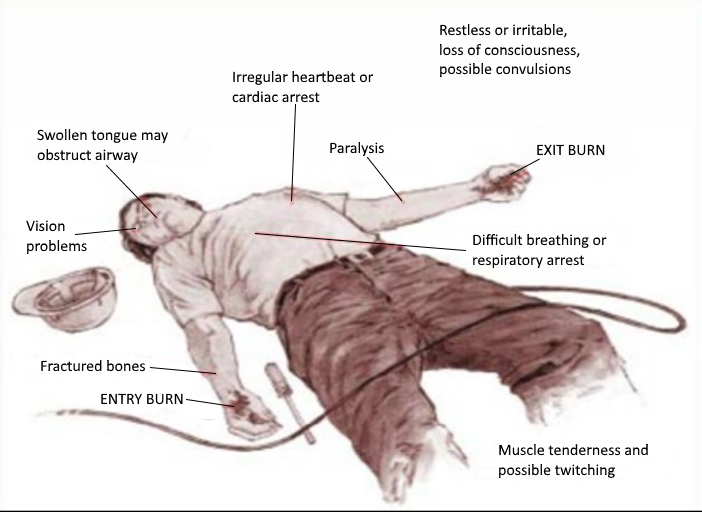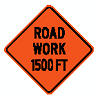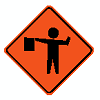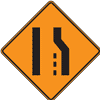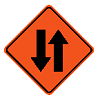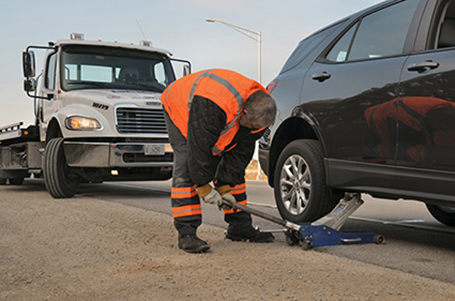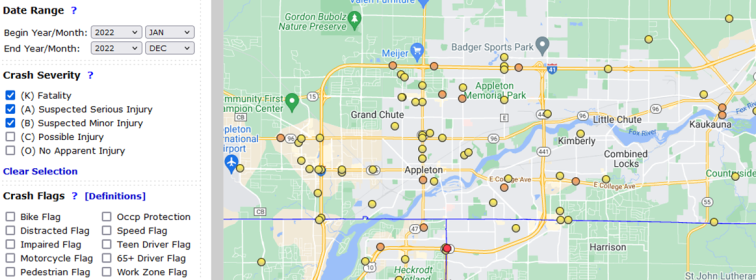There are many construction projects happening on campus this spring and into the summer. Facilities will keep you up to date on what’s happening with weekly LU Insider posts.
Drew Street Pedestrian Bridge
- Drew Street to close May 31 through September for the new bridge construction. Please note – power will be shut off June 13 & 14 affecting buildings on the west side of the bridge as demo begins.
Bee Shed
- The foundation is poured and the frame is up! Israel Del Toro will be utilizing the Bee Shed to introduce a new bee species and boost our local bee population.
Music-Drama Center
- Music-Drama will be receiving a new HVAC system for better zoned temperature control, along with updated ceiling tiles.
Warch Campus Center
- 2nd floor flooring will be replaced with terrazzo. Watch for a new elevator later this year!
Ormsby Hall
- Many behind the scenes upgrades are planned.
Athletic Fields
- New track is coming soon!
Kohler Hall
- New windows throughout with Boldt completing renovations.
Brokaw Hall
- New windows will be installed on the 3rd and 4th floors and mechanical updates.
Quad 2
- The carpet is being replaced with LVT in the 1st floor public space along with many other improvements.
Watch for updates weekly!



